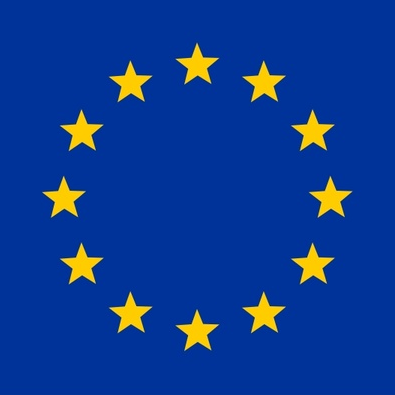Saving time in each measurement is key to making the most of your light measurement lab. Full Viso measurements typically takes 1-15 minutes. But how can accurate measurements be so fast? Several components go into making the complete solution.
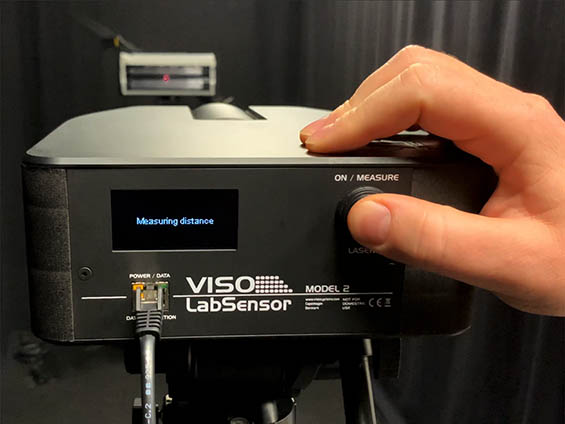
Careful choice of sensor components
The heart of every Viso System is the high-speed spectrometer solution, primarily consisting of an Ibsen Photonics Freedom spectrometer fitted with a Hamamatsu S11639-01 CMOS sensor and a specialized Viso high-sensitivity grating. We also use optics that ensure high-speed measurements. By restricting the sensor’s field of view to around 8 degrees, the sensor system becomes more efficient and less prone to picking up stray light.
The sensor communicates with the mainboard via fast RJ45 connections.
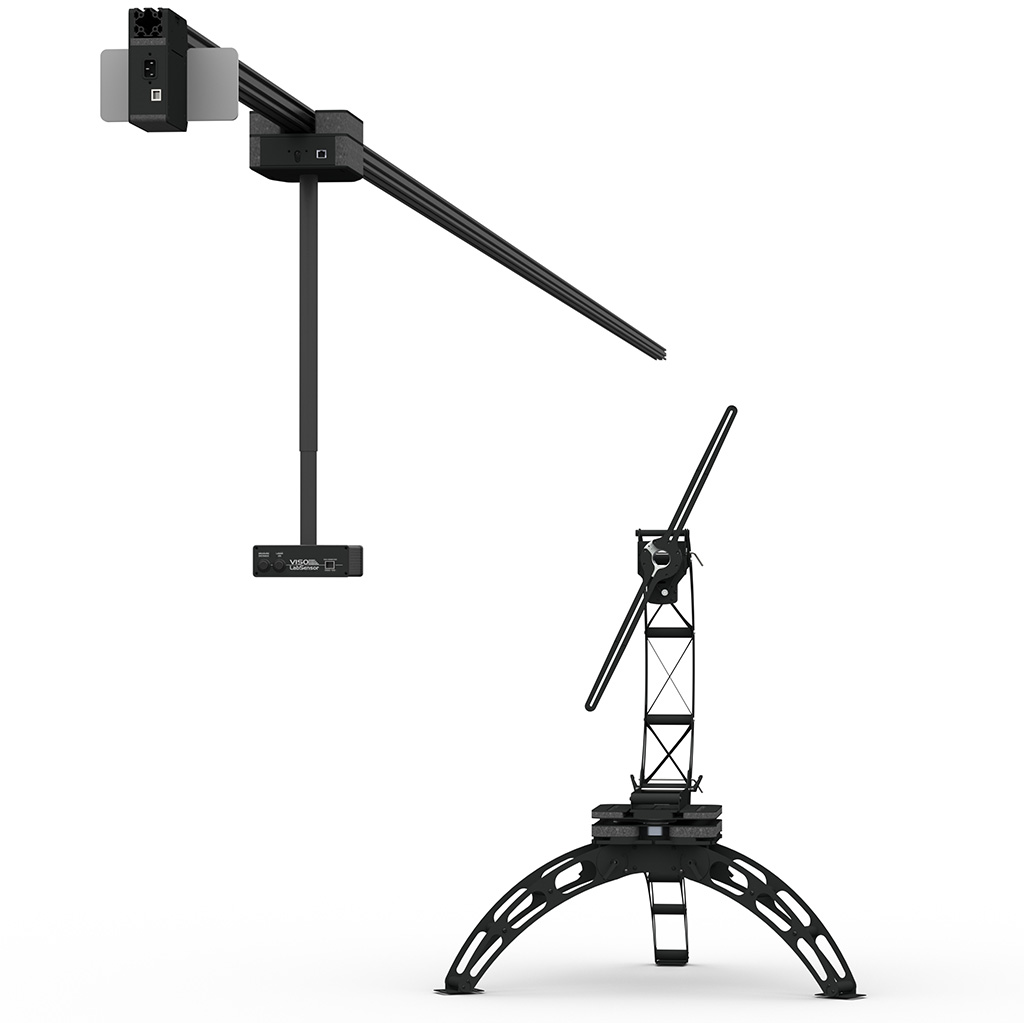
Optimizing the sensor distance
Our sensors are not stuck in a 15 m (50 ft) distance). Both BaseSpion and LabSpion systems allow the user to easily move the sensor as close to the light sources as ‘far field’ conditions permit. Since the irradiance hitting the sensor drops with the square of the distance, moving the sensor closer is a highly effective way of optimizing the signal.
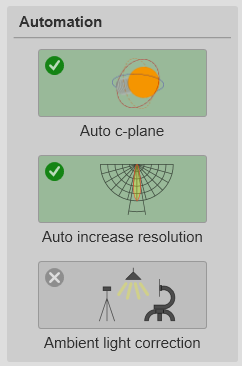
Optimizing the measurement resolution
Not all light sources are complex. Some light distributions are highly symmetrical and require only a few measurement c-planes (horizontal) and a basic 5-degree gamma (vertical) resolution.
Viso software simplifies this process. Let Viso Light Inspector software automatically determine the optimal resolution. This ensures an accurate result without an unnecessarily fine resolution.
To optimize the quantity of c-planes: Simply check a single box to allow the system to perform a pre-measurement that determines the optimal number of c-planes.
To optimize the gamma resolution: Just check a single box to let the system optimize the gamma resolution during measurement. If the software detects a steep intensity change, it will automatically increase the resolution. Additionally, the resolution will only be increased in the beam section, saving significant time in street lighting applications, especially when characterizing narrow beams. High resolution is unnecessary where there is no light, of course
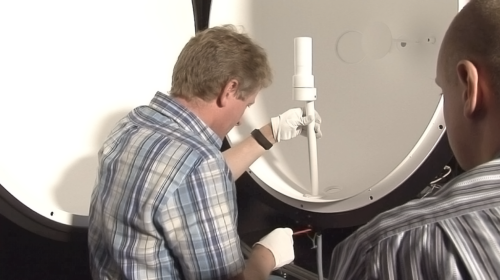
No integration sphere
Viso measurement systems capture both the light distribution and all color metrics in one go. There are loads of time saved compared to conventional systems comprising a goniometer system and an integration sphere where two light measurements are necesssary for every light source.

Live measurement results
You get to see live results while the measurement runs. This also means that if you have made some sort of mounting or aligment error you will see this straight away. Then you can quickly stop the measurement, realign, and start over.
The system will also estimate a total measure time for you.


